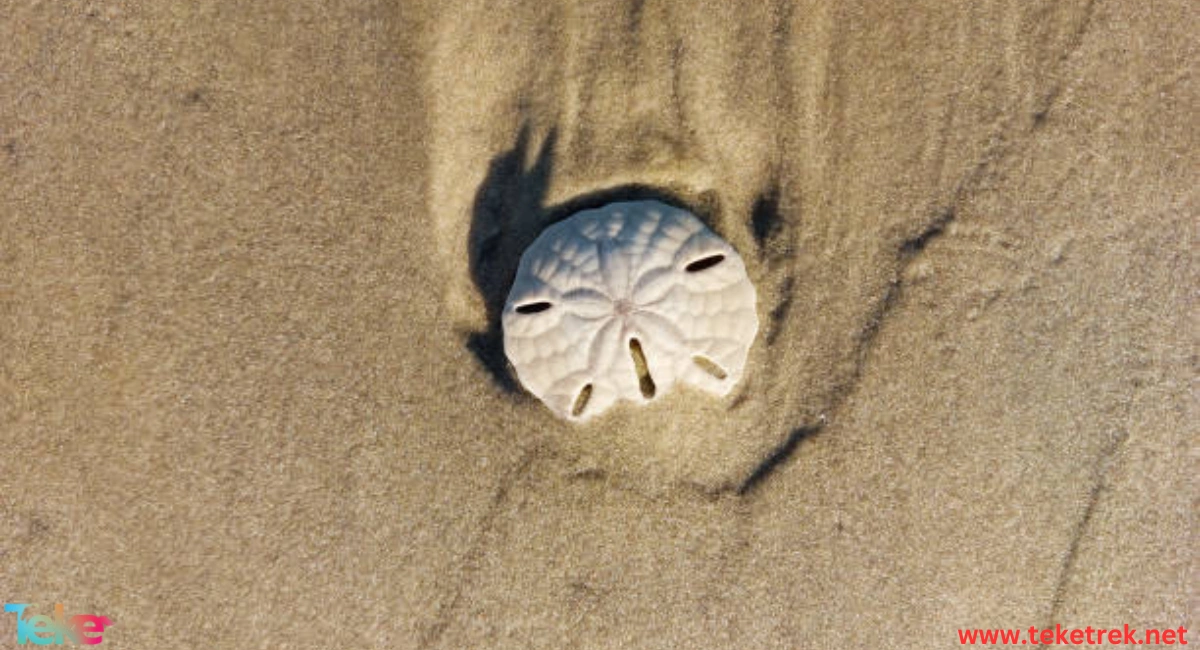Discover amazing facts about the Sand Dollar, this intriguing marine animal that sparks curiosity and captures attention. The Sand Dollar is characterized by its flat, round body, resembling a coin, which is how it got its unique name. This creature lives on the ocean floor and plays a crucial role in maintaining environmental balance.
Let’s learn more about it from teketrek.
Information about the Sand Dollar
The Sand Dollar, or Sea Dollar, is a marine organism that belongs to the group of echinoderms, like starfish, sea cucumbers, and sea urchins. Sand Dollars inhabit temperate and tropical regions of the Atlantic and Pacific Oceans, typically found on sandy sea floors, often in tidal zones near shores, and sometimes at depths of up to 30 feet. Environmental pollution, habitat destruction, and bycatch are some of the main threats facing Sand Dollars in the wild. Despite these challenges, Sand Dollar populations remain large and widespread across various oceans, reflecting their adaptability and resilience. Sand Dollars play a crucial role in maintaining ecological balance by feeding on small invertebrates, making them an important part of the marine ecosystem.

What Does the Sand Dollar Feed On?
Discover what the Sand Dollar feeds on in its marine environment. The Sand Dollar primarily feeds on detritus, plankton, and crustacean larvae, as well as copepods, algae, and diatoms. This marine creature uses its spine on the upper side of its body, which functions similarly to gills, for respiration. Sand Dollars often gather in large groups, and a square meter of sand can host more than 625 Sand Dollars. This social behavior reflects the Sand Dollar’s importance in the ecosystem, as it helps clean the sea floor of decomposing organic matter and plays a role in the marine food web.
Reproduction in the Sand Dollar
Discover how reproduction occurs in the Sand Dollar, a creature known for its unique reproductive process in the marine world. Sand Dollars begin their reproductive process in the spring, typically from May to July, when males and females release their reproductive cells directly into the water, a process known as external fertilization. The larvae swim freely in the water and go through several developmental stages before their exoskeleton, made of calcium carbonate plates, begins to form. Once this skeleton is formed, the larvae settle permanently on the ocean floor. The Sand Dollar age can be determined by growth rings number on its plates. Sand Dollars can live between 6 to 10 years in the wild, contributing to a long life cycle that helps maintain the balance of their marine environment.
What is the difference between a Sea Urchin and a Sand Dollar?
Both Sea Urchins and Sand Dollars belong to the echinoderm group, but they differ in shape and ecological behavior.
Shape:
– The Sea Urchin has a spherical body covered with long, sharp spines, which it uses for protection and movement. In contrast, the Sand Dollar has a flat, round body resembling a coin, with short, velvety spines on its surface.
Habitat:
– Sea Urchins typically inhabit rocky and coral sea floors, preferring areas with strong currents. Sand Dollars, on the other hand, prefer sandy sea floors and are often found in tidal zones near beaches.
Diet:
– Sea Urchins feed on algae and small marine organisms using their mouth located on the underside of their body. In contrast, Sand Dollars feed on detritus, plankton, crustacean larvae, and microalgae, using their tube feet and spines to move food towards their mouth located in the center of their lower body.
Reproduction:
– Both organisms use external fertilization for reproduction, releasing reproductive cells into the water. However, Sand Dollar larvae go through a free-swimming stage before settling on the ocean floor, whereas Sea Urchin larvae attach to solid surfaces early in their life cycle.
Ecological Importance:
– Sea Urchins play a crucial role in controlling algae growth on coral reefs, while Sand Dollars help clean the sea floor of decomposing organic matter and are an integral part of the marine food web.

Frequently Asked Questions
How does the Sand Dollar breathe?
The Sand Dollar breathes using the spine on the upper side of its body, which functions similarly to gills.
How does the Sand Dollar feed?
The Sand Dollar feeds on detritus, plankton, crustacean larvae, copepods, algae, and diatoms. It uses its tube feet and spines to move food toward its mouth located in the center of its lower body.
Why is the Sand Dollar named that way?
The Sand Dollar is named for the shape of its skeleton (test), which is revealed after it dies and washes up on shore. The skeleton loses its velvety, spiny covering and is often bleached by the sun, making it resemble a large silver coin, similar to the old Spanish dollar, which had a diameter of about 38-40 mm. This resemblance led early maritime explorers to call it the “Sand Dollar.”
In conclusion, the Sand Dollar is a fascinating and important marine organism in the ecosystem, contributing to the cleanliness of the sea floor and controlling the population of small organisms. It captures the attention of researchers and explorers due to its unique resemblance to ancient coins, symbolizing the beauty and diversity of marine life.





